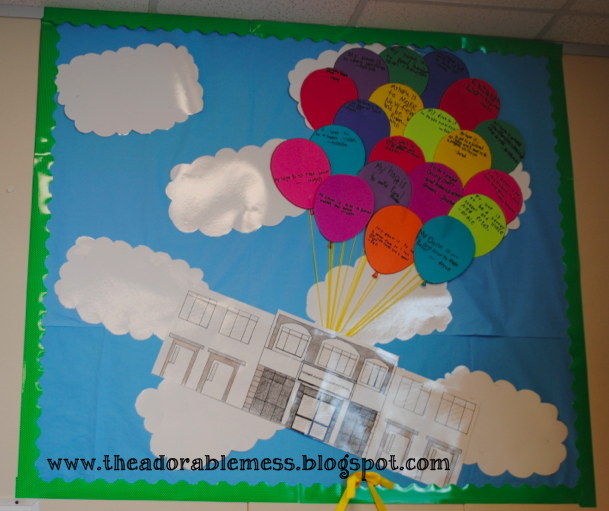I could ramble on for DAYS about how much I enjoy our quarter long projects, but instead I thought I would share with you some of the work that we did over the quarter and show you the work that displayed at our project celebration.
We launched our trip with an inquiry based trip to the Museum of Life and Science in Durham. There, the students had the opportunity to visit the butterfly house where they participated in a workshop that focused on the life cycle of the butterfly. From that visit we built our understanding of life cycles based on the knowledge that we had gained from our life cycle experience at the Museum of Life and Science.
Upon our return we began to brainstorm how we could turn our classroom into a museum about life cycles by the end of the project. We thought about the necessary elements of a museum and the things we might need to include in our room and in our studies to make sure that we were able to create a museum of our learning in our classroom. Now, I had already mapped out this project before we brainstormed our ideas, thinking ahead about what ideas they might develop. After their initial ideas were collected, I modified some of my plans to meet the student interests, while continuing to focus upon the necessary standards that I needed to cover with this unit.
Knowing that our museum would be focused on life cycles, we launched into a study of various animal life cycles. We tried to focus on a read aloud and a diagram of the life cycle that students had a chance to make after learning different facts about animal life cycle. We studied the life cycle of the honey bee, lady bug, chicken, turtle and frog. We also wanted to make sure that the students knew the expectations for the quality of their work, so we began by introducing our beautiful work anchor chart!
 After that, we moved straight into our life cycle study. Here are the books we read and the crafts that we used to display our learning:
After that, we moved straight into our life cycle study. Here are the books we read and the crafts that we used to display our learning:We began with a review of the life cycle of a butterfly. We read From Caterpillar to Butterfly by Deborah Heiligman and created a paper plate craft to display our learning.
Ladybug
Considering the fact that the life cycle of a ladybug is very similar to that of a butterfly, we moved next into the study of the ladybug and read A Ladybug's Life by John Himmelman.
For our craft inspiration Pinterest led us to the blog, Lucky in Learning. Check out her craft suggestion below!
The chicken life cycle was our next stop in our study of life cycles. The Magic School Bus Cracked a Yolk is a great kick off to the study of this life cycle. For our read aloud, we studied From Egg to Chicken by Anita Ganeri.
The anchor chart:
Our hands-on craft:
Observation Journals:
Great learning happens when students get a chance to observe and experience a life cycle in person. In order to provide this experience for our students, we decided to order Painted Lady butterflies for our classroom. Students kept an observation journal during the butterflies stay in our classroom. We reviewed how to make good observations and watched Brain Pop Jr's video on making observations. Check out our anchor chart and our observation journals!
You can find a free download of the observation guide on my Teacher's Pay Teachers page!
Project Celebration
At the end of our projects, we always have a project celebration. We ended up putting on a Life Cycle Museum and this is the display of some of the great life cycle projects that we did!
We also made large life cycle sculptures of the butterfly's life cycle. Here are two of our sculptures:
Other Educational Components:
In addition to our life cycle displays, we also did scientific drawings of butterflies that we identified from our slides, we did a venn diagram comparing different animal life cycles and we created display boards that displayed facts and depicted each animal at different stages in its life cycle.































.PNG)







